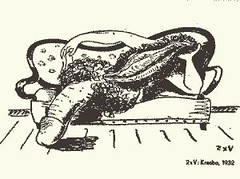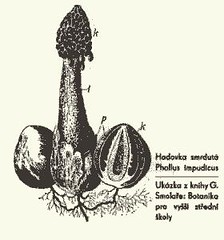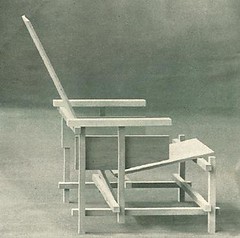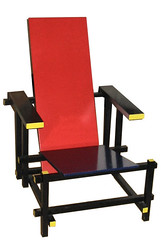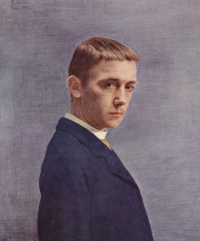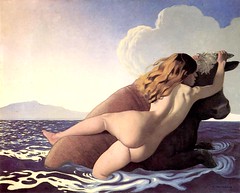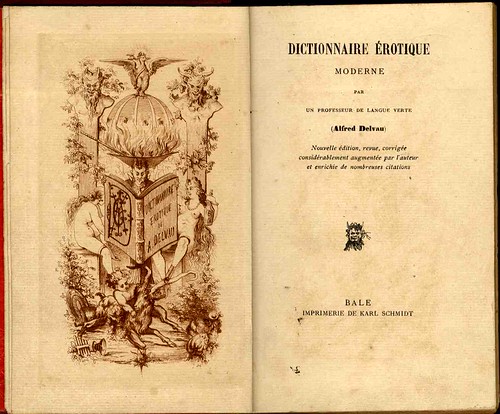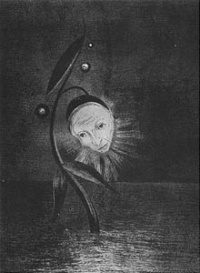The Erotická revue[1] was an arts journal launched by Czech surrealist Jindřich Štyrský in 1930. It is also the name of the blog of American author Evie Byrne[2].
Pompeii bedroom fresco
Work by Sarah Goodridge
Emmanuel de Ghendt (1738-1815), Midday Heat, an engraving after Baudouin
Speaking of Czech surrealism, I just found some Svankmajer clips at YouTube. Some of his best work: Dimensions of Dialogue (1982), which shows Arcimboldo-like heads gradually reducing each other to bland copies (“exhaustive discussion”[3]); a clay man and woman who dissolve into one another sexually, then quarrel and reduce themselves to a frenzied, boiling pulp (“passionate discourse”[4]); and two elderly clay heads who extrude various objects on their tongues (toothbrush and toothpaste; shoe and shoelaces, etc.) and use them in every possible combination, sane or otherwise (“factual conversation”[5]). Follow the links to see more of Jahsonic fave Svankmajer.
Last minute, it’s Trevor Brown day[6] over at Dennis Cooper‘s blog.

